Community Play

What are some successful examples of sports-based community development initiatives ?
Sports-based community development initiatives have been successful in various parts of the world, bringing people together and fostering a sense of community. Some notable examples include Sport for Social Impact, Right to Play, Sport and Recreation Victoria, and Sport England. These organizations use sports to tackle social challenges such as poverty, gender inequality, lack of education, and physical inactivity. Their programs range from soccer games promoting peace in Israel and Palestine to after-school programs teaching life skills in areas affected by war, poverty, and disease. These examples demonstrate the power of sports-based community development initiatives to bring people together, promote health and well-being, and address social challenges.

What role do community gardens play in city greening efforts ?
Community gardens play a significant role in city greening efforts by providing environmental, social, economic, and urban planning benefits. These gardens improve air quality, enhance biodiversity, and promote soil health. They also foster community building, offer educational opportunities, and contribute to health promotion. Economically, community gardens provide food security and create job opportunities. Integrated into urban planning, they beautify cities and promote sustainable development. Overall, community gardens are vital for ecological health and improving residents' quality of life.

What role do sports organizations play in fostering community engagement and participation ?
The text discusses the role of sports organizations in fostering community engagement and participation. It highlights their contributions in various areas including community building, educational outreach, economic impact, and social responsibility. Sports organizations promote social interaction by offering memberships, organizing events, and providing volunteer opportunities. They enhance diversity and inclusion through inclusive policies, adaptive sports programs, and cultural celebrations. In terms of educational outreach, they promote health and wellness through fitness programs, workshops, and school collaborations. They also develop life skills such as leadership, character development, and career opportunities. Sports organizations stimulate local economies by hosting tournaments and events, promoting sports tourism, and creating jobs. They support local businesses through partnership programs, community marketplaces, and merchandise sales. Additionally, sports organizations demonstrate social responsibility by adopting green initiatives, planning eco-friendly events, launching educational campaigns, organizing fundraising events, having athlete ambassadors, and offering matching gift programs. Overall, sports organizations play a crucial role in building social connections, enhancing diversity and inclusion, providing educational outreach, stimulating local economies, and embracing social responsibility.

What role do sports clubs and community centers play in promoting public health initiatives ?
Sports clubs and community centers significantly contribute to public health efforts by offering programs and services that encourage physical activity, provide educational opportunities, build social support networks, target specific demographics, and collaborate with health organizations. These establishments play a crucial role in promoting healthier lifestyles through their facilities, workshops, group activities, youth and senior programs, and partnerships with hospitals and awareness campaigns. By catering to diverse age groups and interests, sports clubs and community centers help foster a culture of health and wellness within communities.

How do sports events promote social interaction and community building ?
Sports events play a significant role in promoting social interaction and community building. They bring people together, foster a sense of belonging, and create opportunities for individuals to connect with one another. This is achieved through encouraging participation, building community spirit, providing entertainment and recreation, facilitating networking opportunities, and enhancing diversity and inclusion. By bringing people together around a shared passion for sports, these events create lasting connections and positive experiences that extend far beyond the playing field.
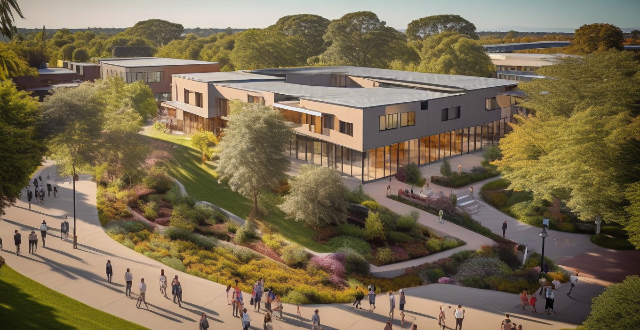
How can immigrants effectively integrate into a new community ?
Effective integration of immigrants into a new community involves learning the local language, engaging with the community, embracing cultural differences, building a support network, seeking out resources, and being patient and persistent. These strategies can help immigrants communicate effectively, find employment opportunities, understand the culture, make friends, and navigate the legal processes involved in immigration.

How do sports initiatives support community health and wellbeing in cities ?
Sports initiatives in cities are crucial for promoting physical activity, social interaction, mental health, and overall quality of life. The collaboration between the International Olympic Committee and PATH is a prime example of how these initiatives can make a significant impact on community health. By increasing access to health-enhancing community sport activities, sports initiatives support physical activity, enhance social interaction, improve mental health, raise awareness about health issues, and contribute to economic impact and urban development. These initiatives are valuable investments for city planners and policymakers as they promote community health and wellbeing in urban areas.

In what ways do women's empowerment initiatives contribute to community development ?
Women's empowerment initiatives are crucial for community development as they address gender inequalities and foster inclusivity. These initiatives benefit not only women but also have a positive ripple effect on the broader community, leading to more sustainable and equitable growth. Economic growth is achieved through increased participation in the workforce, entrepreneurship and innovation, and improved household economics. Social development is promoted through health and well-being, education, and gender equality. Political empowerment is enhanced through increased participation in decision-making and promotion of good governance. Environmental sustainability is ensured through resource management and climate action. Cultural preservation and exchange are enriched through artistic expression and cultural exchange. Women's empowerment initiatives are essential for comprehensive community development, addressing gender inequalities, promoting inclusivity, and paving the way for sustainable growth, social cohesion, and a brighter future for all members of the community.

How can individuals contribute to the safe management of hazardous chemicals in their community ?
The article outlines various ways individuals can contribute to the safe management of hazardous chemicals in their community. It emphasizes the importance of education, staying informed, taking action, prevention and preparedness, and community collaboration. Individuals are encouraged to research common hazardous chemicals, identify potential health effects, monitor local news, attend public meetings, report leaks and spills, support strict regulations, participate in cleanup efforts, implement safe practices at home, create an emergency plan, build partnerships, and encourage transparency. By taking these steps, individuals can play a crucial role in ensuring the safe management of hazardous chemicals within their communities.
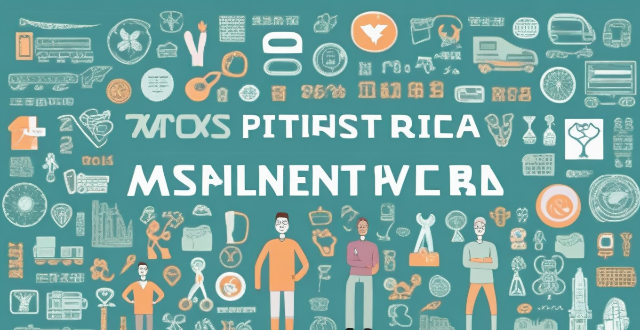
Can sports be used as a tool for social change and community development ?
This text discusses the potential of sports as a tool for social change and community development. It highlights how sports can break down barriers, promote health and well-being, and contribute to education and personal development. The article also explores how sports can address social issues, empower communities economically, and promote peace and reconciliation. However, it emphasizes the need for equitable resource allocation, accessibility, and sustainability to fully realize the potential of sports in societal transformation.

What role do local governments play in promoting community climate adaptation ?
Local governments are crucial in promoting community climate adaptation by implementing policies and programs to mitigate risks, build resilience, and enhance coping capacity. Key responsibilities include risk assessment, developing adaptation plans, implementing measures such as infrastructure upgrades and ecosystem restoration, financing and funding, collaboration with partners, and monitoring progress. Examples of actions include integrating climate considerations into urban planning, promoting sustainable transportation, encouraging energy efficiency, supporting green spaces, and establishing early warning systems.

How can we involve community members in climate adaptation planning ?
Community engagement is crucial for successful climate adaptation planning. To involve community members, identify and engage stakeholders, develop a stakeholder engagement plan, use multiple channels of communication, involve community members in decision making, provide training and education, foster partnerships and collaboration, and monitor and evaluate progress. By doing so, you can create a more resilient community that is better prepared for the impacts of climate change.

How can we measure the effectiveness of community climate adaptation efforts ?
Measuring the effectiveness of community climate adaptation efforts is crucial for understanding their impact on resilience to climate change. Key steps include setting clear objectives, developing relevant indicators, collecting and analyzing data, transparent reporting, evaluating success, iterative improvement, community engagement, and policy alignment. By following these steps, communities can ensure their adaptation efforts are effective and continuously improved.

How can fans help promote fair play and sportsmanship at sporting events ?
Fair play and sportsmanship are essential values in the world of sports. Fans can promote these values by showing respect for all participants, encouraging team spirit and camaraderie, and avoiding negative behaviors. By doing so, fans can create a positive atmosphere that enhances the overall enjoyment of sporting events for everyone involved.

What role do schools play in promoting child safety education ?
Schools play a crucial role in promoting child safety education. They create awareness through classroom instruction, assemblies, and workshops on topics like internet safety and emergency preparedness. Practical application is emphasized through drills, simulations, and field trips with safety guidelines. Physical safety measures include secure campuses and safe playgrounds. Emotional and mental health support is provided through counseling services and peer support programs. Family involvement is encouraged through parent-teacher conferences and information sharing. Community partnerships with local law enforcement and emergency service workshops enhance safety education. Safety topics are integrated into the curriculum through cross-curricular teaching and service learning projects. Clear policies and consistent procedures ensure everyone knows how to respond in emergencies. Resource allocation prioritizes safety equipment, training, and updating facilities. Overall, schools collaborate with families and community partners to effectively prepare children for potential risks and protect themselves in various situations.

How can we raise awareness about the importance of community climate adaptation ?
To raise awareness about the importance of community climate adaptation, several strategies can be employed: 1. **Education and Outreach Programs**: Conduct workshops, engage schools, collaborate with media outlets, and develop informational materials to educate people about climate change and its implications. 2. **Community Engagement Initiatives**: Encourage public participation in discussions, foster partnerships with local organizations, and promote civic leadership to drive climate adaptation efforts. 3. **Visual Aids and Creative Approaches**: Use art, performances, exhibits, infographics, and other creative means to communicate the importance of climate resilience. 4. **Online Platforms and Social Media**: Leverage digital tools like social media campaigns, online forums, virtual reality experiences, and interactive apps to reach a wider audience. 5. **Policy Advocacy and Support**: Advocate for favorable policies, provide financial incentives, and support legislation that enhances community resilience against climate change.

What role do dams play in flood control ?
Dams are crucial for flood control, providing storageDams are crucial for flood control, providing storage reduction, community preparedness, providing storage, flow regulation, risk reduction, community preparedness, ecological health support, and integrated water resource management.

How do I start learning golf ?
Golf is a popular sport that can be enjoyed by people of all ages and skill levels. If you're interested in learning how to play golf, here are some steps to help you get started: 1. Understand the basics of golf, including the rules and etiquette. 2. Choose the right equipment, such as a set of beginner-friendly clubs. 3. Take lessons with a PGA professional for personalized instruction. 4. Practice regularly at a driving range, putting green, or chipping area. 5. Play on an actual golf course once you've gained confidence from practicing. 6. Join a golf community to enhance your learning experience and meet other players. 7. Stay patient and have fun while enjoying the process of learning and playing golf.

What role do community centers play in promoting exercise and socialization among the elderly ?
The text discusses the role of community centers in promoting exercise and socialization among the elderly. It highlights the various physical activities and exercise programs offered at these centers, such as aerobics classes, yoga, strength training, and water aerobics. The text also emphasizes the importance of socialization opportunities provided by community centers, including group activities, coffee mornings, special events, and volunteer programs. Additionally, it mentions the accessibility features and support services available at these centers, such as transportation assistance, adaptive equipment, health resources, and accessibility features. The text concludes by emphasizing the vital role of community centers in promoting the well-being of older adults and the need for investment and support in these centers.
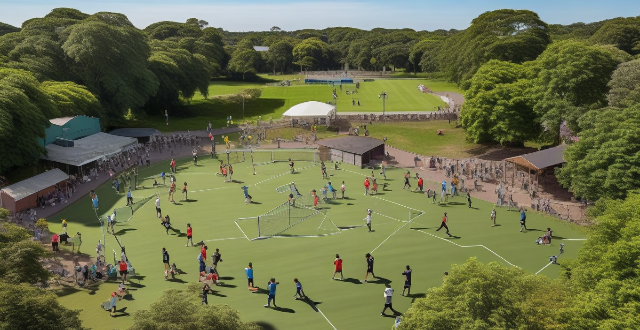
What impact does sports have on the social cohesion and community spirit in rural areas ?
The article discusses the impact of sports on social cohesion and community spirit in rural areas. Sports bring people together, promote teamwork, and create a sense of belonging that can strengthen the fabric of a community. The article explores how sports build social capital by forming friendships and encouraging civic engagement. It also highlights how sports promote teamwork and cooperation by teaching communication skills and collaboration towards a common goal. Finally, the article emphasizes how sports create a sense of belonging within a community by supporting local teams and participating in community events. Overall, sports have a significant impact on rural communities and contribute to their overall well-being.

How can I gauge the level of parental involvement and community support at a school ?
Gauging the level of parental involvement and community support at a school is crucial for parents when choosing an educational institution for their child. This can significantly impact a student's academic performance and overall development. To gauge these factors, parents can observe school events, talk to other parents, and research the school's reputation. When observing school events, parents should attend open houses, sports games/concerts, and volunteer opportunities to assess the turnout and engagement of parents during these events. A high turnout and active participation suggest strong parental involvement and community support. Parents can also connect with other parents through social media groups, PTA meetings, school drop-off/pick-up times, and school events to ask about their experiences regarding parental involvement and community support at the school. Asking about their level of involvement, supportiveness of the school, communication channels, and impact on student performance can provide valuable insights. Researching the school's reputation online through reviews, rankings, news articles, social media, forums, and message boards can also help gauge parental involvement and community support. Analyzing historical data such as enrollment trends, fundraising results, alumni success rates, and school surveys/feedback can further indicate the level of these factors over time. In conclusion, gauging the level of parental involvement and community support at a school involves attending school events, talking to other parents, and researching the school's reputation. By doing so, parents can make informed decisions about choosing the right school for their child that fosters a supportive and engaging environment conducive to academic success and overall development.

How can sports clubs and teams collaborate with local authorities to support community development projects ?
This topic discusses how sports clubs and teams can collaborate with local authorities to contribute to community development projects. It outlines steps such as understanding the local landscape, building partnerships, implementing projects, and evaluating impact. The text emphasizes the importance of mutually beneficial initiatives and clear communication channels between stakeholders. It also provides examples of project implementation, such as youth mentorship programs and community clean-up days. Finally, it stresses the need for continuous evaluation and improvement to ensure effective use of resources and ongoing community benefit.

How does sports contribute to community development ?
Sports play a vital role in community development by promoting physical health, fostering social interaction and unity, contributing to economic growth, and providing educational opportunities and personal development. Participating in sports can prevent chronic diseases, strengthen bones and muscles, and boost the immune system while also improving fitness levels. Sports events provide opportunities for teamwork, cultural exchange, and increased tourism, leading to job creation and revenue generation. Additionally, sports offer educational opportunities for skill development and personal growth, contributing to the overall well-being of community members.

How can we promote fair play in athletic competitions ?
The text discusses the importance of promoting fair play in athletic competitions to maintain sports integrity and ensure a level playing field. It suggests several ways to promote fair play, including establishing clear rules and guidelines, encouraging sportsmanship, providing education and training, using technology to monitor performance, implementing strict penalties for violations, and fostering a culture of respect within athletic competitions.
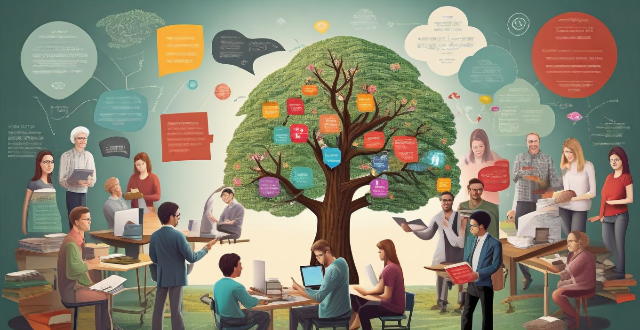
How important is public awareness and education in the context of disaster risk management ?
Public awareness and education are vital in disaster risk management, enhancing community preparedness, reducing vulnerabilities, promoting resilience, and encouraging community engagement. Examples like Hurricane Katrina and the Japan Earthquake and Tsunami highlight the importance of these initiatives in saving lives and minimizing damages during disasters.
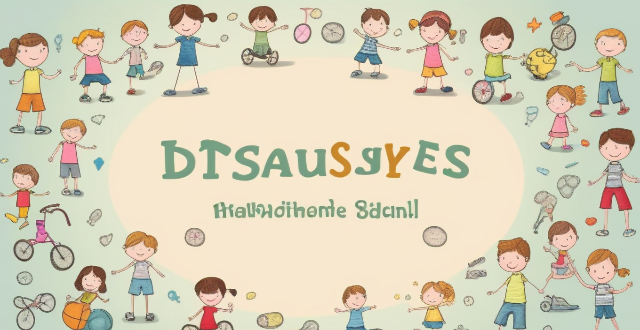
What role do sports play in character building for children ?
The article discusses the various ways in which sports contribute to the overall personality development of children. Sports ensure physical health and well-being, teach valuable life skills such as teamwork, leadership, communication, and goal setting, impact emotional development by boosting self-esteem, teaching resilience, and handling pressure, provide opportunities for socialization, and play a crucial role in moral development by instilling values such as integrity, respect, and responsibility. The author concludes that sports are not just about physical fitness but are powerful tools for character building in children.

What role does satellite communication play in space exploration and research ?
Satellite communication is crucial for space exploration and research, enabling data collection, real-time communication, navigation, and international collaboration. It will continue to play a vital role in future applications such as deep space exploration, autonomous robotics, and quantum communication.

What role do technology and innovation play in water resource management ?
Water resource management is a critical aspect of modern society, and technology and innovation play a crucial role in improving the efficiency and effectiveness of this process. Technology and innovation have made it easier to collect and analyze data on water quality, quantity, and usage patterns. This information can be used to identify trends and make informed decisions about how to manage water resources more effectively. Technology and innovation also play a significant role in promoting efficient water use, water quality management, and climate change adaptation. By using advanced irrigation systems, smart meters, and other technologies, water providers can reduce waste and ensure that water is used only where it is needed. Technologies such as ultraviolet disinfection, reverse osmosis, and membrane bioreactors can remove contaminants from water more effectively than traditional methods. New construction techniques and materials can make water infrastructure more resistant to extreme weather events like floods and droughts.
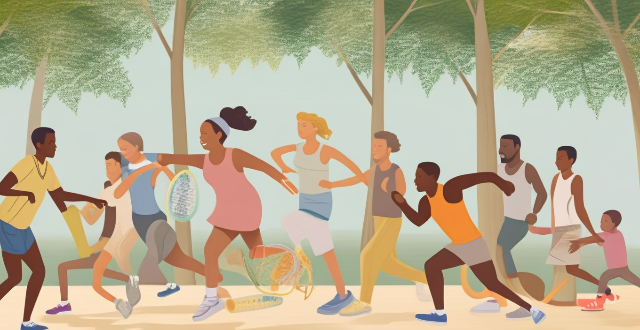
What ethical considerations arise from the globalization of sports, especially regarding issues such as doping and fair play ?
The globalization of sports has raised ethical considerations, especially regarding doping and fair play. Doping poses health risks and undermines the spirit of fair play by giving athletes an unfair advantage. International cooperation is crucial to address this issue effectively through education programs and strict enforcement mechanisms. Fair play involves respecting opponents, officials, and fans, as well as avoiding cheating or unsportsmanlike behavior. Clear codes of conduct should be established by international sports organizations to ensure that all participants adhere to the same rules and standards of conduct. Strict penalties should be imposed on those who engage in misconduct to deter others from following suit.